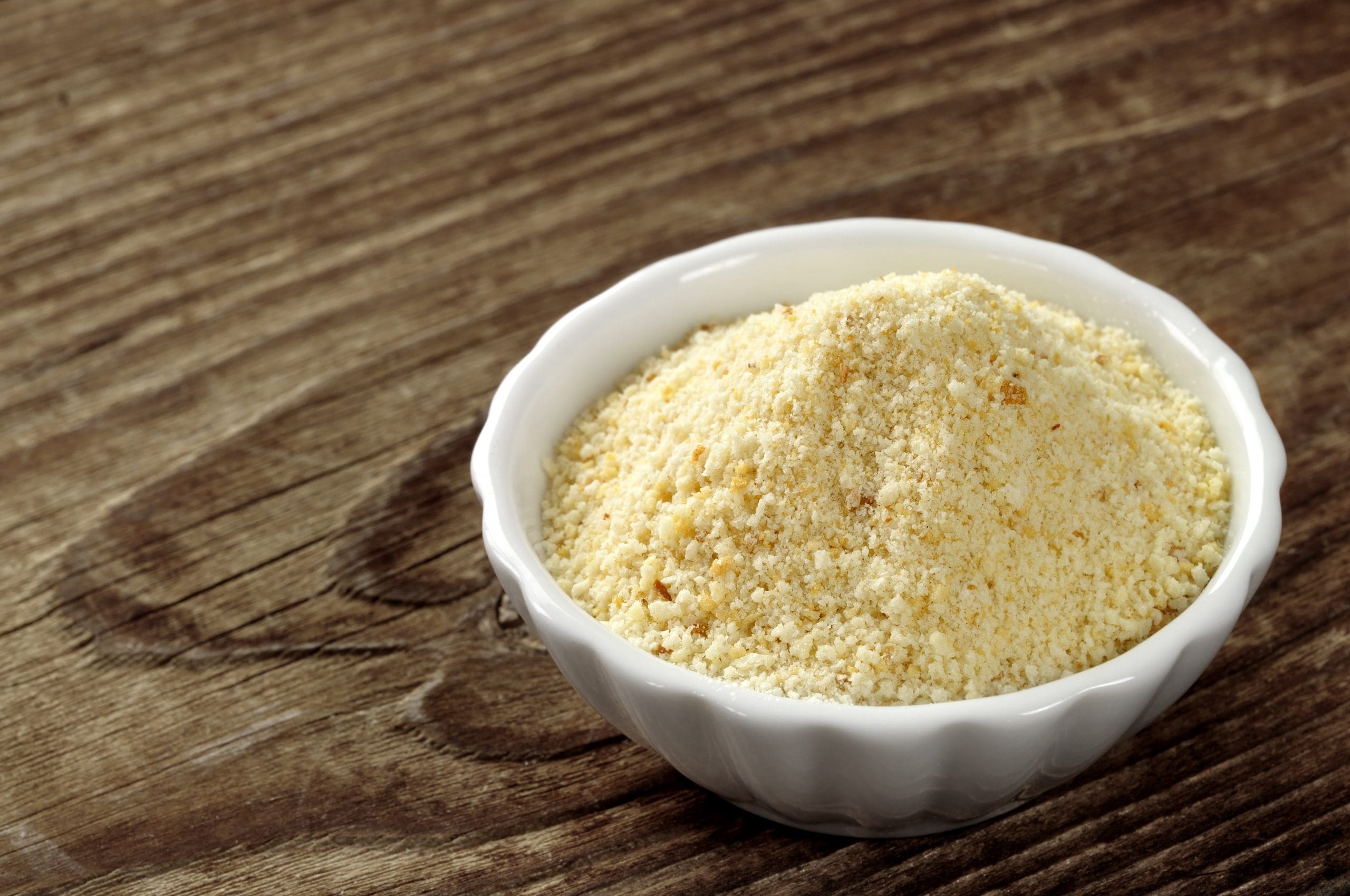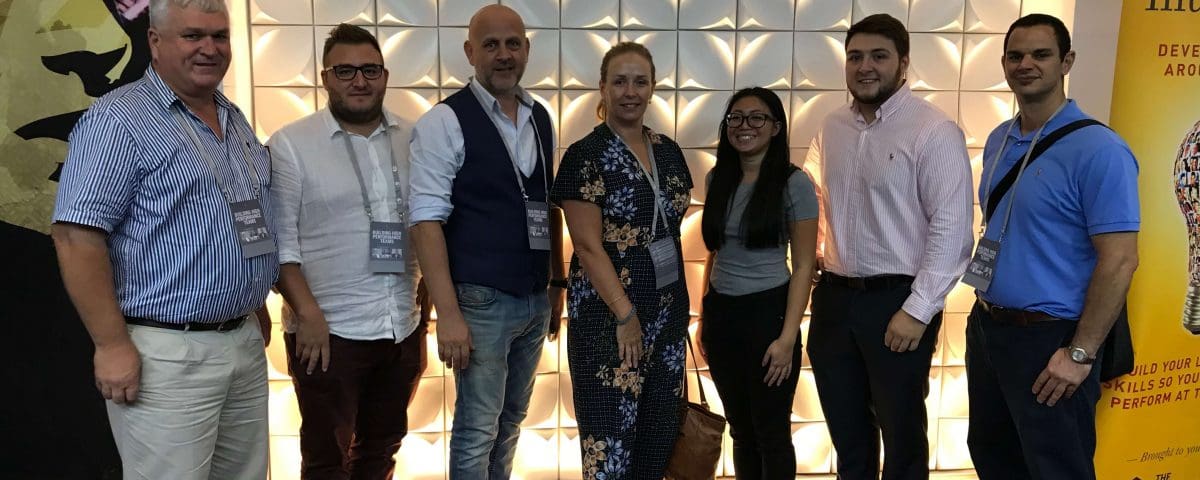
Textured Vegetable Protein – an unsung hero of your food production
July 1, 2019
Manufactured crumb and its many benefits
August 20, 2019How we create a healthy organisation and winning team – and you can too

“If you could get all the people in an organisation rowing in the same direction, you could dominate any industry, in any market, against any competition, at any time.”
How do you build cohesive teams and align your organisation for the greatest opportunity for growth and competitive advantage?
That’s the question that Linden, John and Mark wanted to answer when they headed off to Sydney to see Patrick Lencioni speak – and they took five of our clients along for the journey!
Our culture is built on continuous improvement, but we don’t just keep it in house. We want to continually facilitate change and growth in our client’s businesses as well. It was a real pleasure to be able to take representatives of five major food manufacturers along for the journey, and share insights as we’re all in this industry together.
Barriers to teamwork
As Lencioni points out, “like it or not, all teams are potentially dysfunctional. This is inevitable because they are made up of fallible, imperfect human beings. From the basketball court to the executive suite, politics and confusion are more the rule than the exception.”
Facing dysfunction in the executive team is one of the most important things an organisation can do. When you focus on teamwork at this level you can solve problems that set the tone for how all employees work with one another.
Politics and confusion are a major barrier to great teamwork.
The first step to reducing these is to understand that there are five common dysfunctions of a team.
The 5 dysfunctions of a team
- Absence of trust
- Fear of conflict
- Lack of commitment
- Avoidance of accountability
- Inattention to results
Steps to improve
Great teamwork is achieved when an organisation can identify those dysfunctions that apply to their team and address them head on.
This isn’t always comfortable, but it is the only way to get the competitive advantage that a great team brings.
To start with, ask yourself – and your team – these questions:
Do team members openly and readily disclose their opinions?
Are team meetings compelling and productive?
Does the team come to decisions quickly and avoid getting bogged down by consensus?
Do team members confront one another about their shortcomings?
Do team members sacrifice their own interests for the good of the team?
No team is perfect.
Many teams struggle with one – or many – of these dysfunctions. What sets the best organisations apart is their willingness to tackle these issues head on, embrace the discomfort and constantly work to improve until the answer to each question is a loud, resounding YES.
What we’ve done
If you answered ‘no’ to any of these questions, you might be wondering what to do next.
We are constantly looking for ways to improve our team. One way we do this is through investing in knowledge sharing – like sending team members to the Patrick Lencioni talk. The other is in making sure that we apply what they learned once they return.
In this case, we’ve created a visual reminder of the 5 dysfunctions, and ways to overcome them, to display in our business.
We want to remind our team what our expectations are.
We expect that there will be a willingness to engage in productive conflict, that they will confront difficult issues, and that they will work toward collective outcomes. By putting these expectations in clear line of sight for our team, we’re always reminded to do better.
It might seem strange to focus on dysfunction, instead of what makes a good team. But we can only reach the good when we uncover the bad.
As you can see on our poster, these are the markers of a strong, functional team:
Members of the team feel comfortable to go first and be humble (this shows that there is trust)
The team actively mines for conflict (in a productive way)
The team continually work toward clarity and closure
The team confront difficult issues
The team work together to force a collective outcome
Why we care
For our business, we exist to do more than mill flours.
We exist to continuously add value to our partners and clients.
Our products, system and culture are all geared toward improving your business – whether through troubleshooting an issue with a premix or writing a blog post like this one.
We exist to do more than generate dollars and cents. This flows through how we behave, what we actually do day-to-day, our goals and roles and responsibilities.
Of course, all of these things are irrelevant without intention to do the hard work and look at areas for positive change
We believe that this culture – our passion for doing more for and each and every single one of our clients and our genuine care in their success – is something that sets us apart.
We’re proud of not only being able to provide this experience to our clients, but also of being the kind of business that puts our continuous improvement, for your benefit, first.




